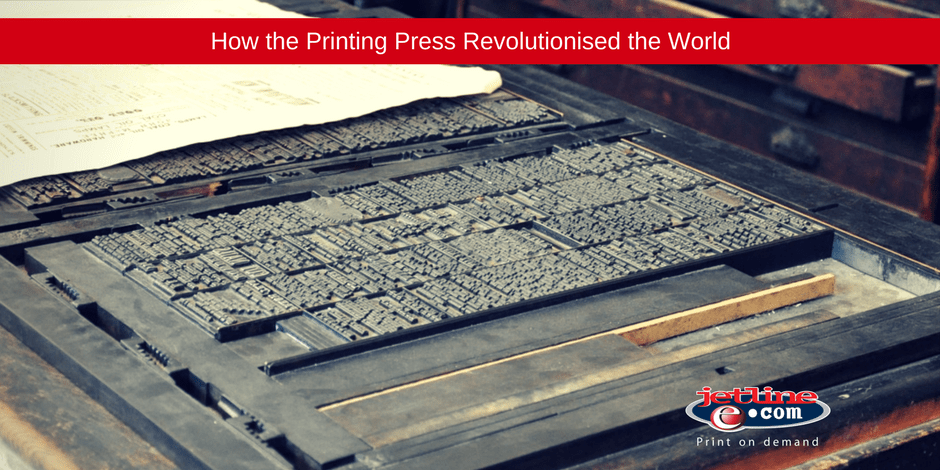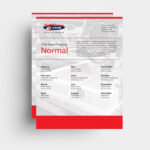We are currently in the throes of the electronic revolution, which is redefining almost every aspect of our lives. With this in mind, it is important to look back and consider how another incredible revolution, the Printing Press Revolution, ushered in change that transformed the world.
Here, we take a look at the impact of the printing press, from the socio-political landscape to self-expression.
This is the power of print:
The Printing Press Revolution: Cultural and Social Growth
It was the printing press that made way for modern Europe, allowing for historical texts to become available for a larger audience. This spread of information created space for new ideas, philosophies, and theories. The dramatic shift from verbal culture to print culture shifted society’s very consciousness and provided information that was consistent, structures, and linear. This is evident in the dramatic rise in scientific progression that followed for centuries.


Thanks to printing, the world also experienced the standardisation of languages, as books and documents were published in these languages. With the standardisation of language came great literary works. Then there was cartography – the science of maps. Yes, maps existed for centuries, but these were in the most basic forms and easy to misinterpret. Cartography progressed right alongside the printing press, opening national boundaries, and mapping territories in an increasingly colonised world.
From Scribes in Monasteries to Printing Companies
In order to understand the changes that came as a result of the printing revolution, we need to look at the transition from scribal culture to print culture. This evolution brought with it a culture of books, one that only existed in the monastery before, and was now able to move to universities and society at large. This got “the man on the street” involved in learning and education.
In the Middle Ages, books relied on meticulous copying of manuscripts by scribes, and such a labour intensive task was impossible for mass reproduction. Scholarly activities were therefore confined to the very wealthy and to the monasteries – with the printing press the world was open to education.


Pre-printing, societies were built by geographical closeness and family bonds. The printing press revolution actually changed society in its entirety, as it was the first time economic, political, and cultural information could be reproduced to reach people who were geographically dispersed. This resulted in the formation of communities based on political or professional similarities and affiliations.
Job Development
Through the ease and efficiency of the printing process, printers began to recognise the advantage of the process, as it allowed for a lot more than a simple “copy-paste-text” job. As time was freed up because of the printing press, printing companies could focus on other aspects beside reproduction.


They could not focus time on the appearance of the books, understanding ease of reading, and how they could design content to make the process of reading as easy as possible. Then there was proof-reading and editing, to ensure that there were no mistakes in reproduction – creating a new professional in and of itself!
The book trade became a massive industry and turned books into commodities of exchange that could be sold for profit. This means that the invention of the printing press was one of the greatest business innovations of all time. Printing is essentially the first assembly line industry, where a team of typographers were able to produce a product that could then be copied effortlessly, and sent out for mass distribution.
This paved the way forward to the industrial revolution.
Enough said.
















































































































